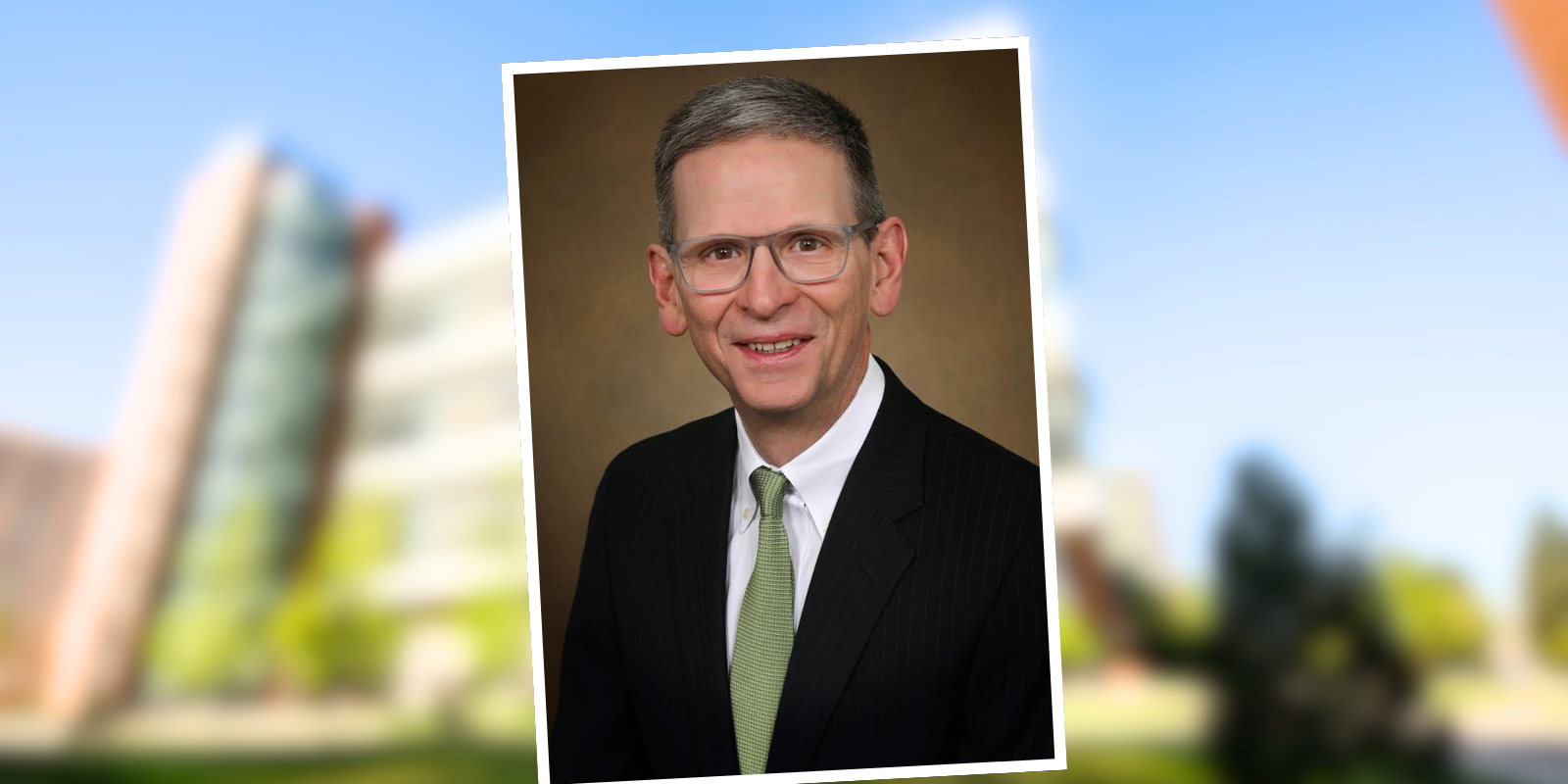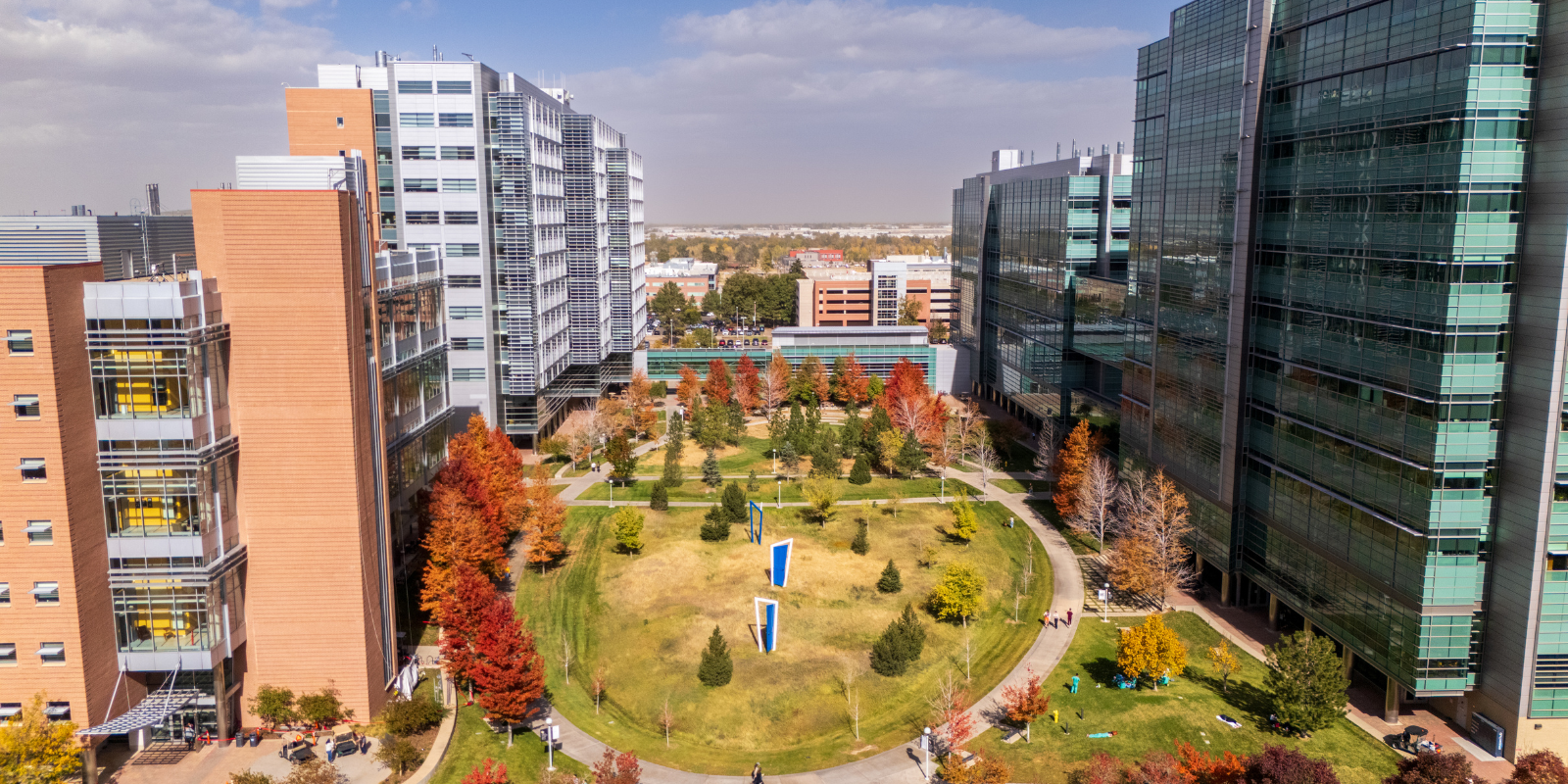A new dual-degree program offered by the Physical Therapy Program at the University of Colorado School of Medicine and the Colorado School of Public Health at the CU Anschutz Medical Campus will give doctor of physical therapy (DPT) students more opportunities to understand how their work intersects with issues around community health promotion, disease prevention, and social determinants of health.
The new program will start enrolling current PT students for MPH classes that will begin in summer 2023.
“As physical therapists, we're really great at tertiary care — supporting people once they're injured or they become ill,” says Dawn Magnusson, PhD, PT, assistant professor in the CU PT program, who led the development of the new degree. “But over the past several decades, there has been a shift within the health care system and the PT profession toward trying to keep people healthy and keep people moving. This dual-degree program is designed to give students the tools to think more upstream in terms of the care they provide.”
Integrated learning experience
The new degree emerged in response to evolving societal needs and professional interests. A number of PTs have gone back to get a Master of Public Health (MPH) degree, and it just made sense to combine the two, Magnusson says. The CU School of Medicine is only one of a handful of schools nationwide to offer the dual-degree program, which saves students time and money in coursework and tuition compared to pursuing each degree individually.
“Instead of completing one degree separate from the other, we’re striving to create a more integrated learning experience,” Magnusson says. “We want students to think about how they can leverage the skills and knowledge and behaviors developed in both programs — and integrate these to better serve patients and communities.”
Students in the dual-degree program will complete two years of the DPT program, then spend one year to complete their MPH before returning for the final six months of their DPT education. Magnusson hopes that in that final year, the dual-degree students will provide leadership and motivation for their peers around public health issues and bring a community health mindset to their clinical rotations. After students graduate from the dual-degree program, she envisions them working in a variety of settings with a focus on keeping populations healthy.
“Even with a clinician who's working in a standard hospital or outpatient clinic, I could see them working within that clinic to design, develop, implement, and evaluate health promotion programs — thinking about, ‘How can we work to keep this population healthy so they're not developing chronic health conditions?’” she says. “Another area is population health management: within health systems, looking at the data to understand, ‘What is the health of our population? What are the things we could be doing to enhance the health of that population?’”
Focus on movement
The new dual-degree program arrives at a time when the importance of physical health is taking center stage in everything from disease prevention and overall wellness to mental health and dealing with stress.
“When you look at the key indicators of early mortality and early morbidity, a lot of those things are tied to movement,” Magnusson says. “And the literature tells us that there's such a strong connection between being physically active and mental health. In many ways, we can promote physical activity as an intervention, a preventive measure for some of these long-term, chronic conditions.”
The social perspective
The CU PT program already includes coursework around public health, but by partnering with the Colorado School of Public Health to offer the new degree, the CU program is looking to expand students’ knowledge even further when it comes to such topics as medically underserved communities, disease prevention, and social determinants of health.
“Physical therapy as a profession is really moving towards being more equity focused,” says Danielle Brittain, PhD, associate dean for academic and student affairs at the Colorado School of Public Health. “PT has always been focused on prevention on some level, but there is a new emphasis on understanding the social and structural aspects of prevention. Students with this dual degree will be ahead of the game, because health systems are really looking for physical therapists who are trained in this direction. You have the capacity to help make change if you understand this broader structural social perspective.”





